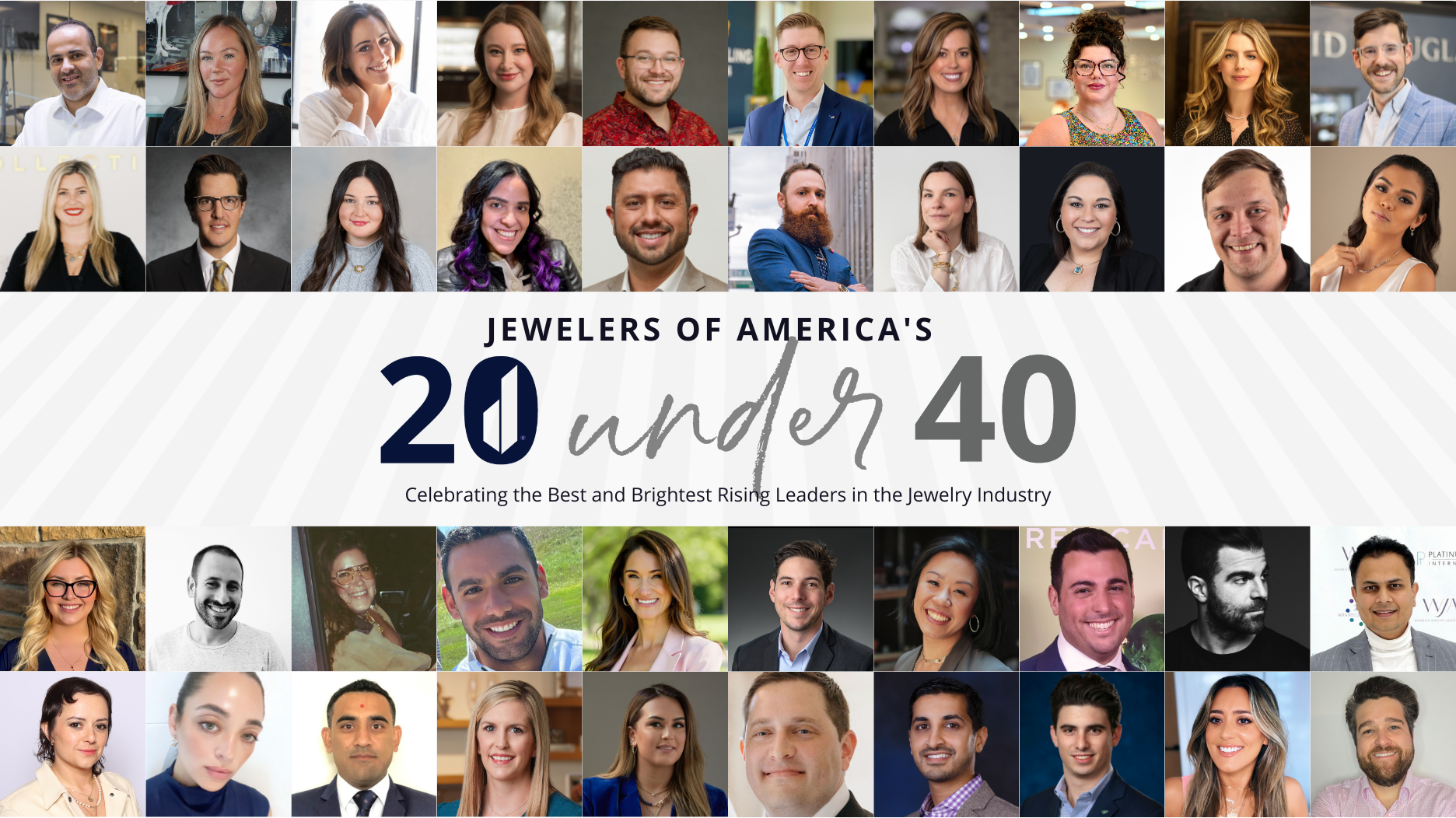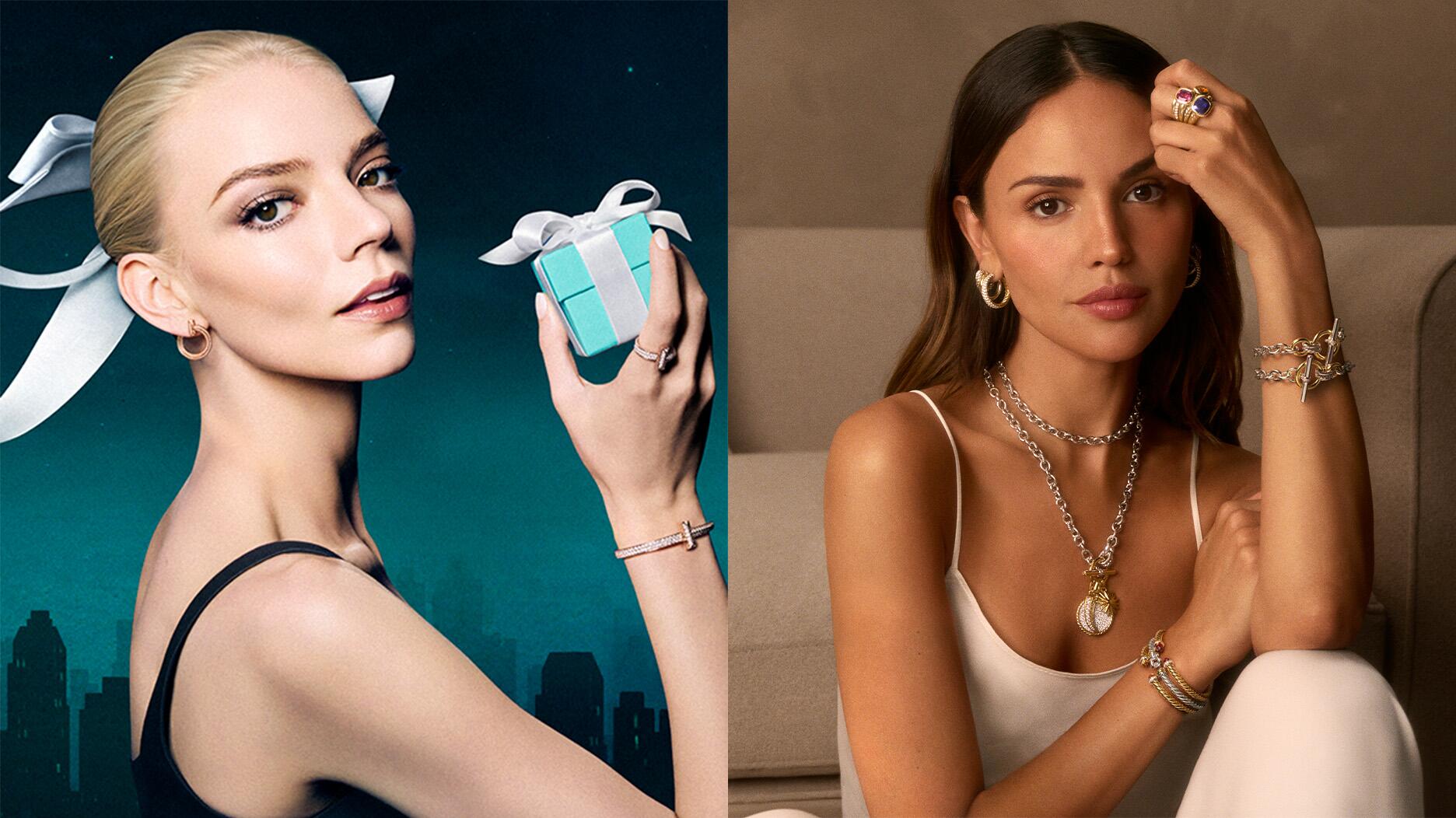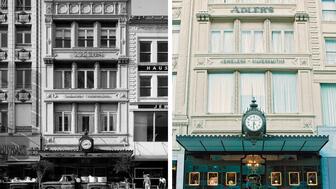Adler’s Jewelry is set to close its two stores as 82-year-old owner Coleman E. Adler II retires.
Tiffany Is Now Telling Consumers the Origin of Its Diamonds
Next year, the jeweler will start sharing information on where stones were cut and polished.

There’s now a map inside with 10 pins dropped on countries from Canada to Australia above a plaque that reads: “In keeping with our commitment to responsible sourcing, we now provide provenance information for every newly sourced, individually registered diamond we set, a significant step for diamond transparency.”
The plaque and the map—both with touches of Tiffany blue, of course—are part of what the jeweler is calling the “Diamond Source Initiative,” which it rolled out worldwide last month.
Now when customers come into any of Tiffany’s 300-plus stores, salespeople will be able to tell them the country of origin for most “individually registered” diamonds—diamonds that are 0.18 carats or larger and have been laser-engraved with “T&Co.” and a unique serial number.
There are, of course, a couple exceptions.
Diamonds sourced from De Beers, which does not segregate production from its various mines in southern Africa and Canada, will be labeled “Botswana sort.” Most of the stones, Tiffany said, were mined in Botswana, with some originating from mines in Namibia, South Africa and Canada.
For diamonds that pre-date the program’s rollout, Tiffany said it will provide confirmation to consumers that the diamond was sourced responsibly.
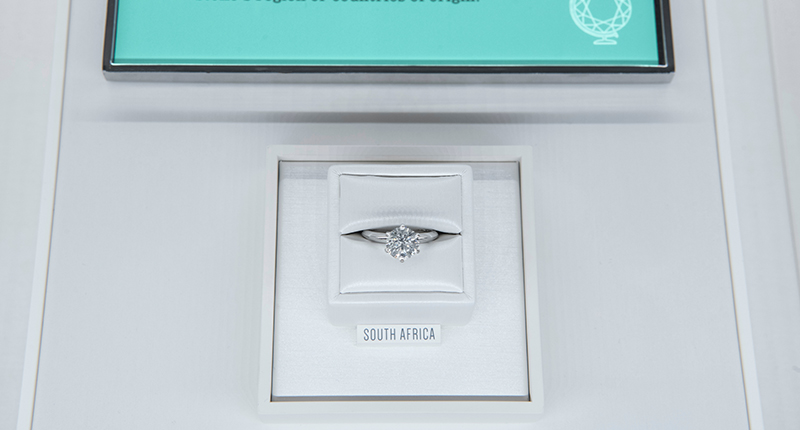
Tiffany started sharing diamond origin in its stores on Jan. 9, though it could have begun doing so years ago.
Andy Hart, Tiffany’s senior vice president of diamond jewelry and supply, said former Chairman and CEO Michael Kowalski started Tiffany down the path of charting diamond origin in the late ‘90s.
In 2002, Tiffany established Laurelton Diamonds, the jeweler’s rough sourcing arm that is a De Beers sightholder, and a client of Alrosa and Canadian miner Dominion Diamond.
In 2003, it began laser-inscribing its diamonds with unique serial numbers that are recorded in a database that contains information about each stone’s journey from mine to market.
So, why wait until now to start sharing source information with consumers?
“For a long time, we felt we were doing it because it was the right thing to do, and it was good for the company and it was good for the industry,” Hart said. “I think our customers deserve to know what is going on behind the scenes.”
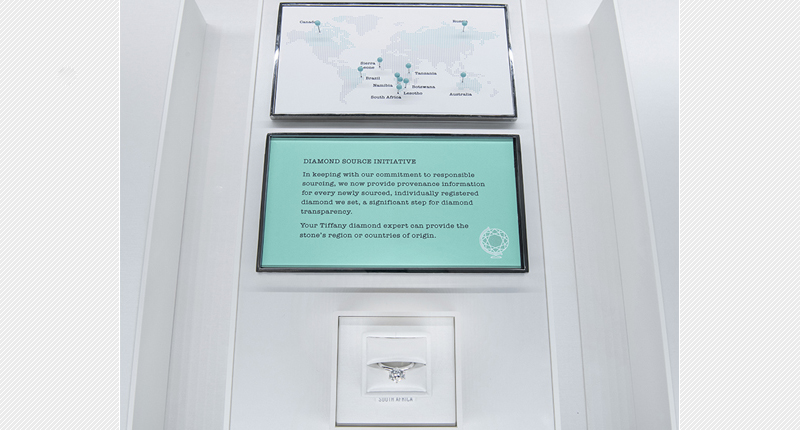
“We just felt like now was the right moment in Tiffany’s history to disclose the origin to our customers,” he said. “We really believe in the rarity and the incredible nature of diamonds. Diamonds grown in the lab have important uses in particular contexts and are going to perhaps have a greater use in the in the jewelry industry.”
But, Hart said, Tiffany won’t be using the stones in its jewelry.
“Natural diamonds create opportunity for people in countries where diamonds are a natural resource, such as Botswana. We believe in the opportunity to make, and we are making, a positive impact in those local communities.”
The Latest

Founder Jim Tuttle shared how a dedication to craftsmanship and meaningful custom jewelry fueled the retailer’s double-digit growth.

JSA and Cook County Crime Stoppers are both offering rewards for information leading to the arrest of the suspect or suspects involved.

Roseco’s 704-page catalog showcases new lab-grown diamonds, findings, tools & more—available in print or interactive digital editions.
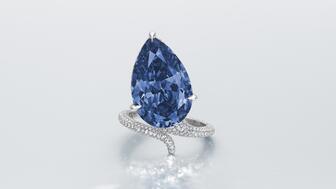
A buyer paid $25.6 million for the diamond at Christie’s on Tuesday. In 2014, Sotheby’s sold the same stone for $32.6 million.


Mercedes Gleitze famously wore the watch in her 1927 swim across the English Channel, a pivotal credibility moment for the watchmaker.
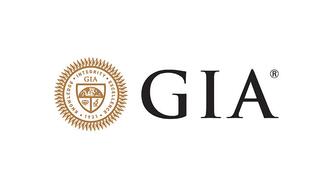
GIA is offering next-day services for natural, colorless diamonds submitted to its labs in New York and Carlsbad.
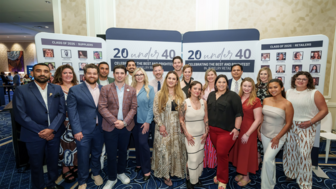
From educational programs, advocacy, and recent MJSA affiliation, Jewelers of America drives progress that elevates businesses of all sizes.

The National Retail Federation is bullish on the holidays, forecasting retail sales to exceed $1 trillion this year.

Late collector Eddy Elzas assembled “The Rainbow Collection,” which is offered as a single lot and estimated to fetch up to $3 million.

At the 2025 World Series, the Los Angeles Dodgers’ Yoshinobu Yamamoto sported a custom necklace made by California retailer Happy Jewelers.
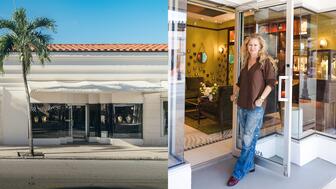
The brand’s seventh location combines Foundrae’s symbolic vocabulary with motifs from Florida’s natural surroundings.
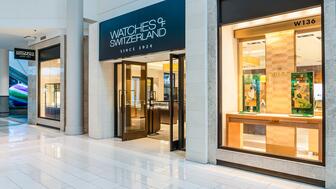
The retailer also shared an update on the impact of tariffs on watch customers.
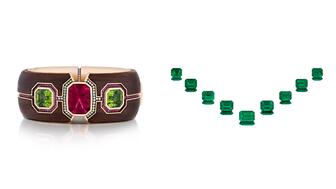
Pink and purple stones were popular in the AGTA’s design competition this year, as were cameos and ocean themes.
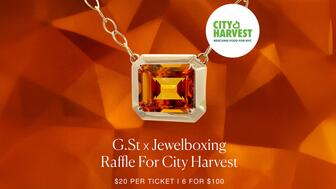
All proceeds from the G. St x Jewel Boxing raffle will go to City Harvest, which works to end hunger in New York City.

Courtney Cornell is part of the third generation to lead the Rochester, New York-based jeweler.

De Beers also announced more changes in its upper ranks ahead of parent company Anglo American’s pending sale of the company.

Former Signet CEO Mark Light will remain president of Shinola until a replacement for Ulrich Wohn is found.

Kindred Lubeck of Artifex has three rings she designed with Anup Jogani in Sotheby’s upcoming Gem Drop sale.

The company focused on marketing in the third quarter and introduced two new charm collections, “Pandora Talisman” and “Pandora Minis.”
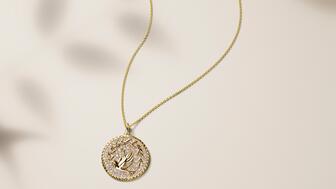
The jewelry retailer raised its full-year guidance, with CFO Jeff Kuo describing the company as “very well positioned” for the holidays.

Ahead of the hearing, two industry organizations co-signed an amicus brief urging the court to declare Trump’s tariffs unlawful.
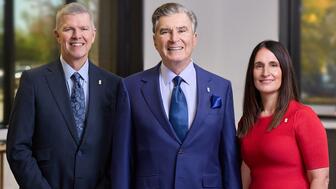
Stuller COO Belit Myers will take on the additional role of president, with all changes effective at the start of 2026.

Smith cautions retailers against expending too much energy on things they can’t control, like the rising price of gold.
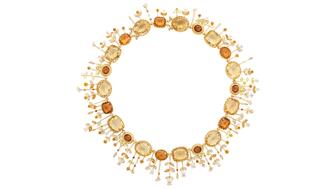
Citrine and topaz are birthstones fit for fall as the leaves change color and the holiday season approaches.

The family-owned jeweler will open its fourth store in Florida in late 2027.

The NYPD is looking for three men who stole a safe and jewelry valued at $3.2 million from the home of a jeweler in Jamaica Hills, Queens.










